Christmas day has passed and the celebrations have been much enjoyed, but it can be difficult to know whjat to do on New Years Day. Shops are shut, festive food has been devoured and family lounges around before heading home. SO why not spend some quality time together while enjoying the great outdoors with one of these beautiful UK coastal walks. Take in the sea air, enjoy the views and make the most of the time you have with family before everyone heads home.
Here are six of the best coastal paths for a New Years Day walk...
Best coastal walks around the UK
North Norfolk
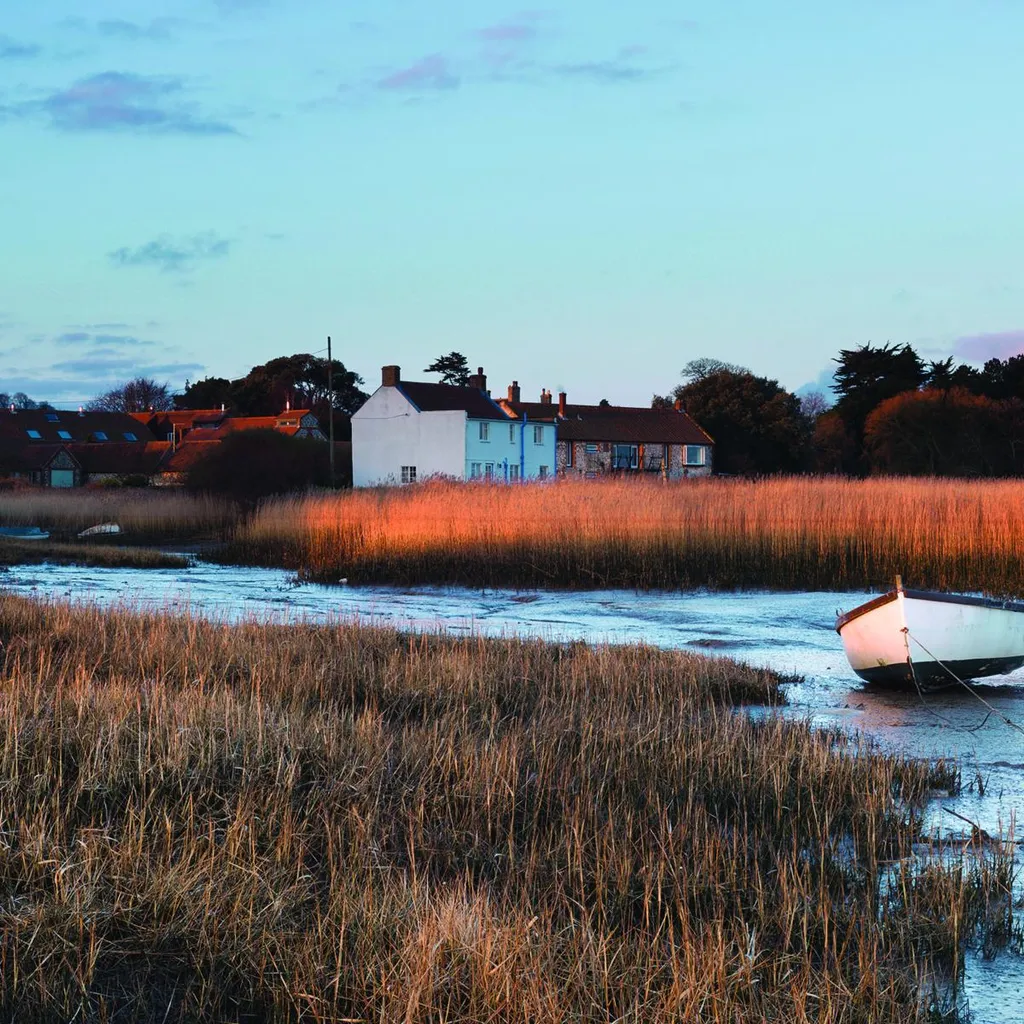
Pairing wide sandy beaches and saltmarshes with Palladian mansions, ancient windmills, vintage railways and historic villages, North Norfolk is an ideal destination for heritage-loving hikers. For all-round appeal, we recommend starting in Brancaster Staithe, which lies along the Norfolk Coast Path and within the North Norfolk Heritage Coast.
Look up ‘coastal treasures’ on Norfolk trails and download a free map and guide to a five-mile walk around Brancaster Staithe, starting at Deepdale Café in Burnham Deepdale and passing Barrow Common, Branodunum Roman Fort and Brancaster Marshes.
The Gower Peninsula
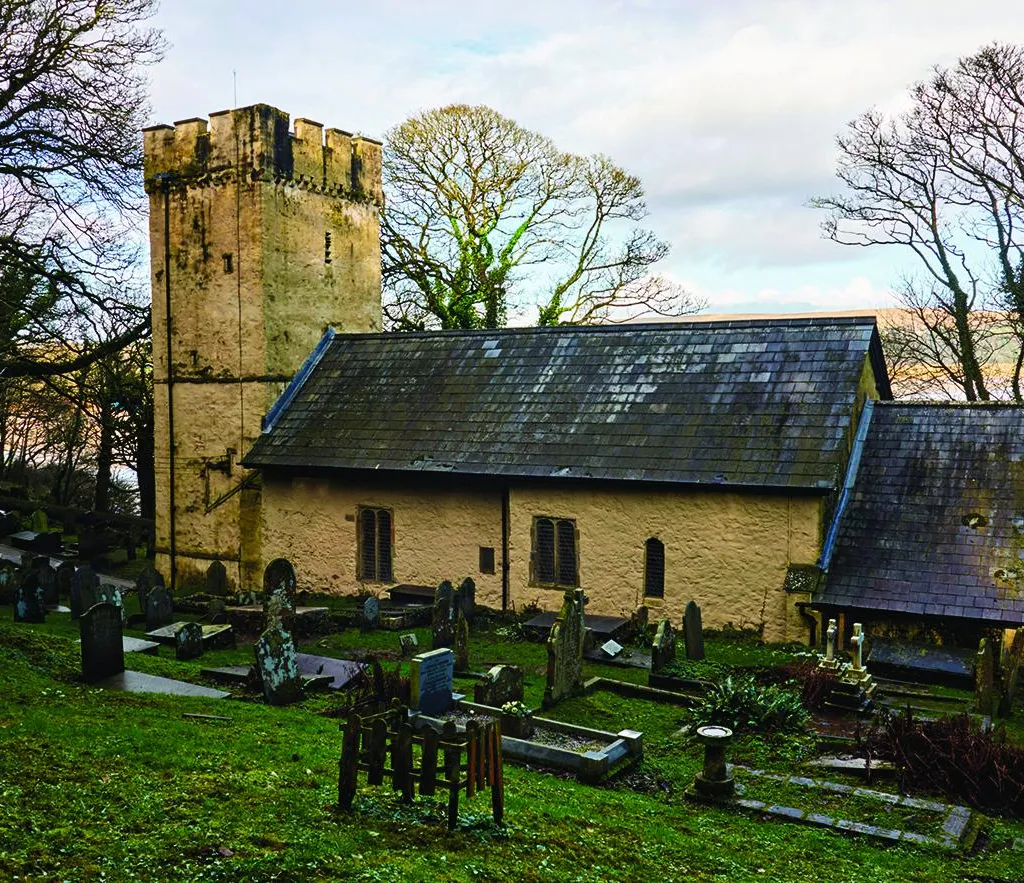
The first Area of Outstanding Natural Beauty in the UK, designated in 1956, South Wales’ Gower peninsula is home to surf, sand and picturesque saltmarsh. Between Crofty and Caswell Bay, the coastline is also a designated Heritage Coast.
Worms Head and Rhossili Bay are Gower highlights, but one of the best areas for an easy walk is a four-mile loop around Oxwich Point. Starting in Oxwich Bay, the route (of which a free map and guide can be downloaded from the website below) takes you past woodland, medieval St Illtyd’s church and the ruins of Oxwich Castle as it follows the coast.
The Lizard Peninsula
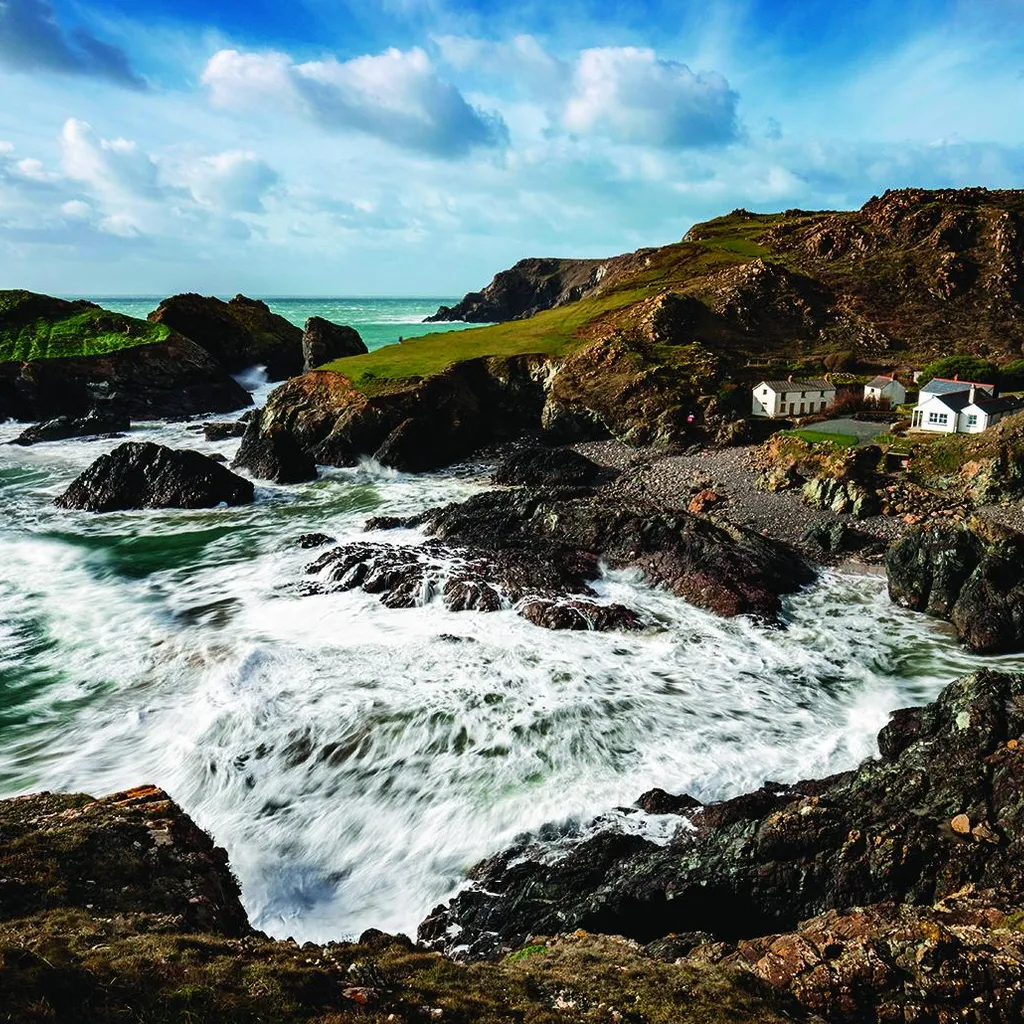
Cornwall isn’t short of spectacular coastal terrain, as anyone who has covered the county’s stretch of the South West Coast Path knows, but the rugged Lizard Peninsula promises added drama, being home to the most southerly point of mainland England (hence where the Spanish Armada was first sighted from mainland Britain).
One of 10 Heritage Coasts in Cornwall, much of the Lizard is owned by the National Trust, and several walks are detailed on the Trust’s website. From one-mile strolls to a seven-mile loop around Kynance cove, these combine wildlife-watching with an insight into local seafaring history.
Purbeck
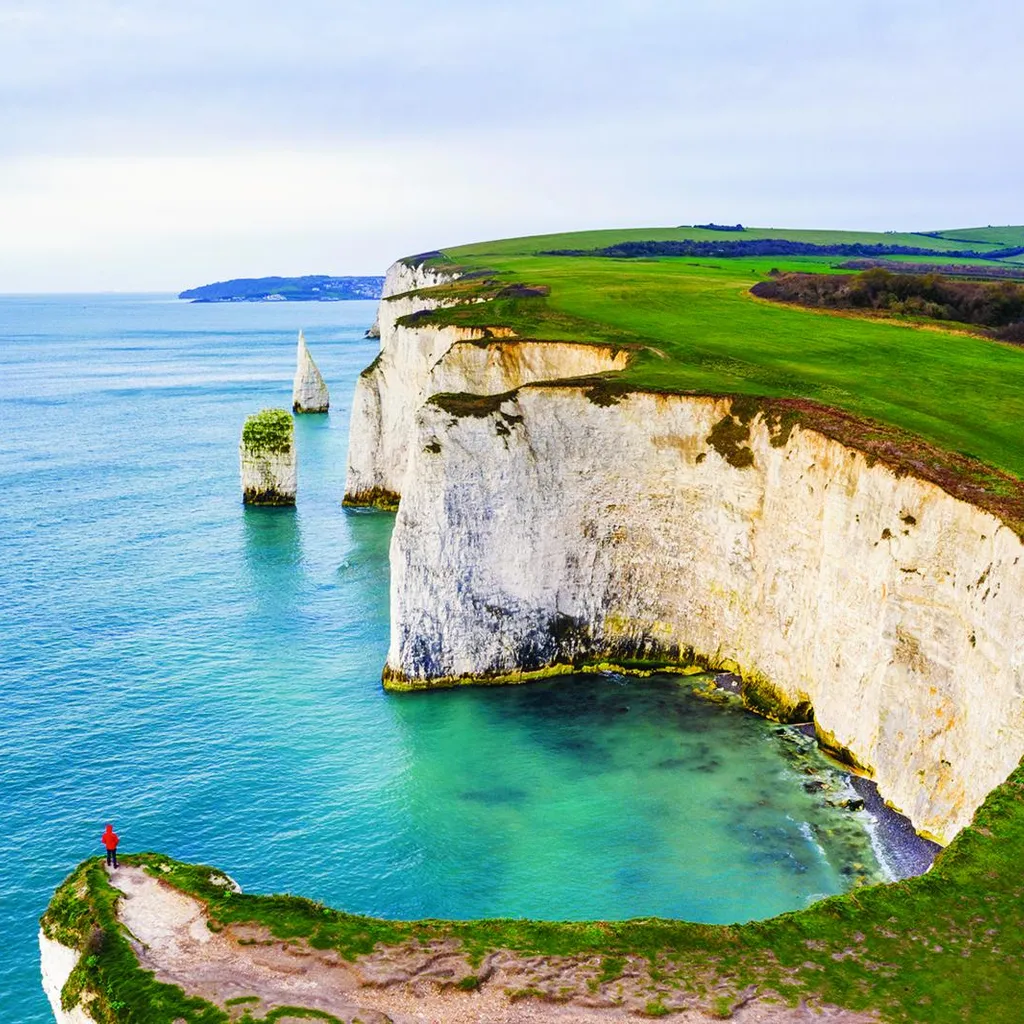
Dorset’s Jurassic Coast, which stretches from Exmouth to Studland Bay, is known for its extraordinary fossil record, but it’s deservedly popular among artists and foodies, too. Iconic landforms, from Durdle Door to Chesil Beach and West Bay’s rippled gold cliffs, also attract droves of walkers.
Start at the eastern tip of the Purbeck Heritage Coast. Details of a gentle 3.9-mile loop from Studland village can be downloaded as a free pdf from the South West Coast Path website and there’s plenty to see along the way, from Old Harry Rocks to Studland’s Norman church and Bronze Age bowl barrows.
Flamborough Head
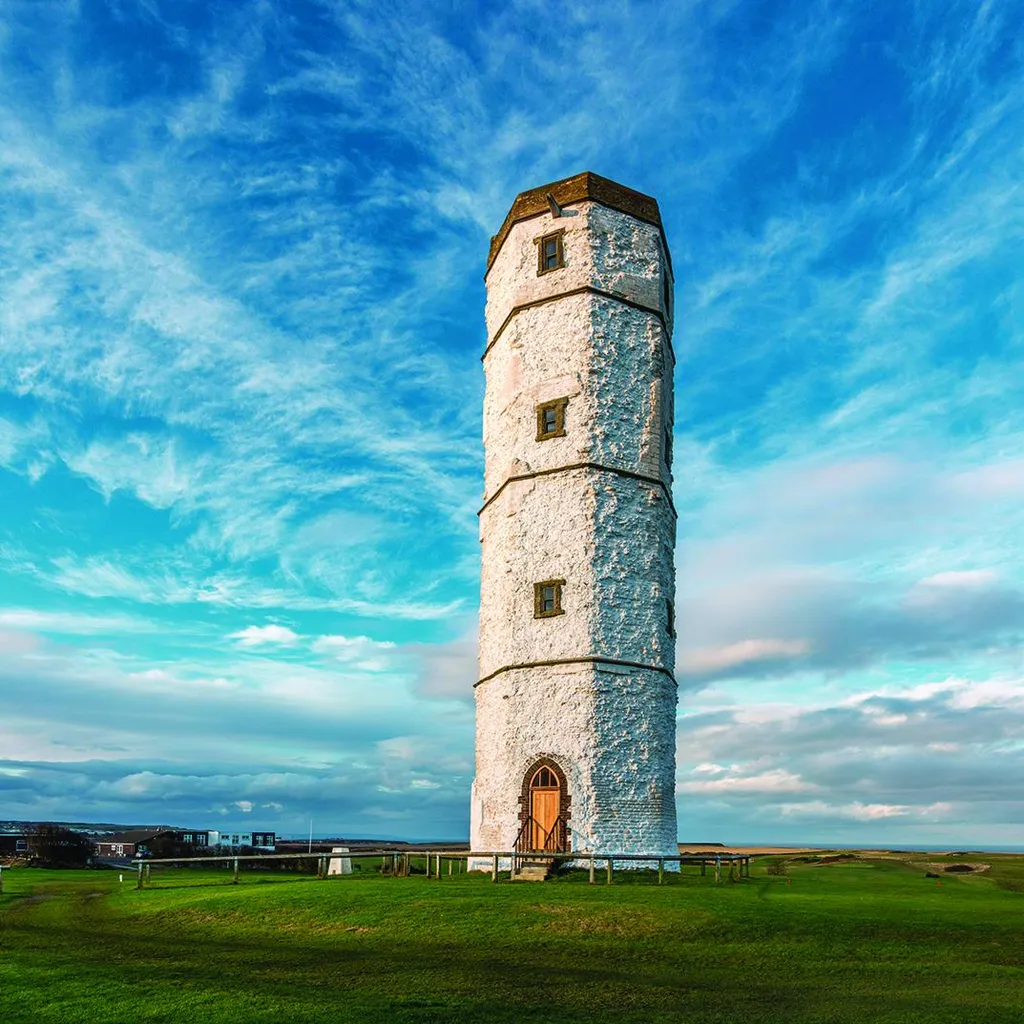
Home to one of the most important seabird colonies in Europe (spot gannets and puffins in summer, and snow buntings and peregrine falcons in winter), Flamborough Head is an eight-mile long promontory near Bridlington, and one of three Heritage Coasts in Yorkshire.
A dramatic chalk headland, its sheer white cliffs are topped by two historic lighthouses: one dates from 1806, the other (the oldest surviving lighthouse in England) from 1669. A seven-mile loop of the headland is outlined on Welcome to Yorkshire’s (#Walkshire) website, but shorter and longer trails are easily accessed from Flamborough Village.
St Bees Head
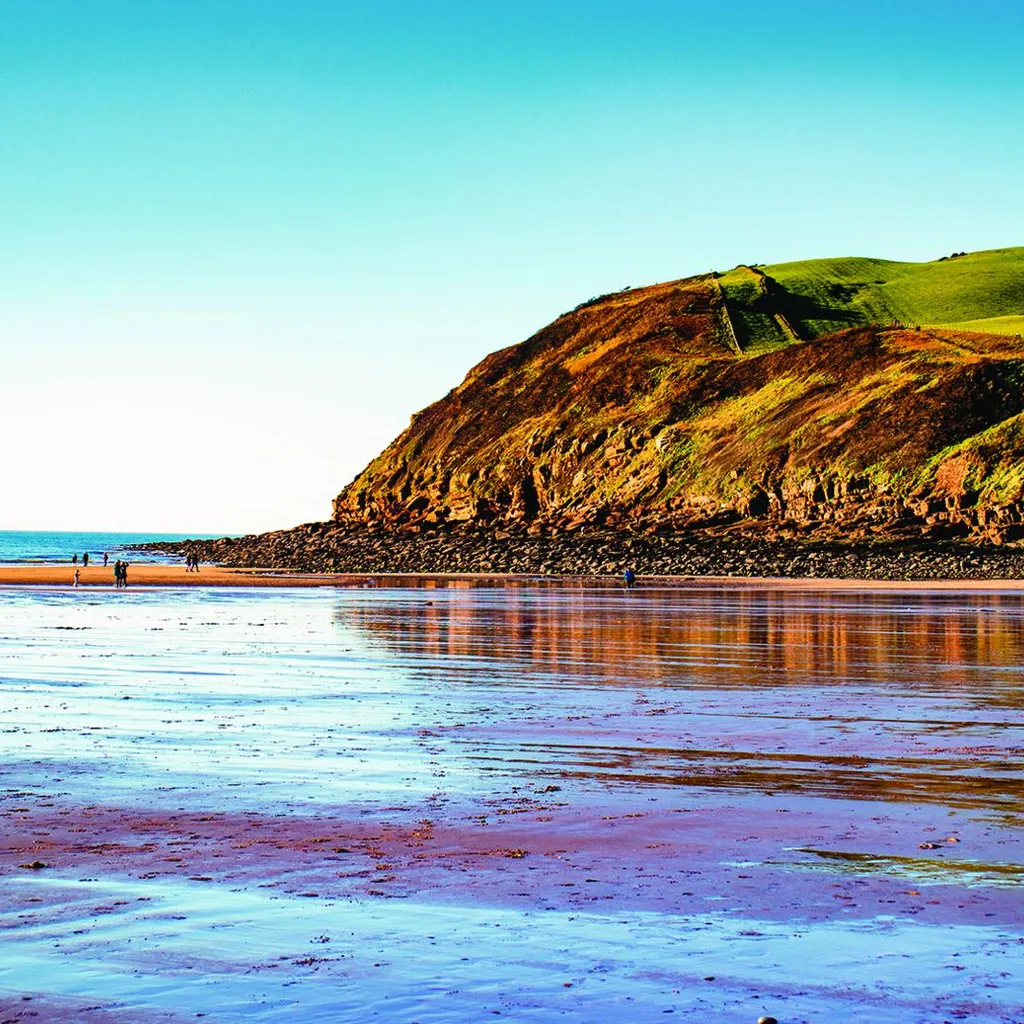
The only Heritage Coast in North West England, St Bees Head, in Cumbria, is named not for the pollinating insects but after St Bega, an Irish nun thought to have fled to the area in the ninth century (and after whom the local Norman priory takes its name).
Wainwright’s Coast-to-Coast walk starts here, and the Cumbria Coastal Way runs along it, but the local village website contains free downloadable guides to several shorter walks around the headland’s red sandstone cliffs. Some of these pass through an RSPB reserve, which is home to colonies of cliff-nesting seabirds in summer and has a view of the Isle of Man.
